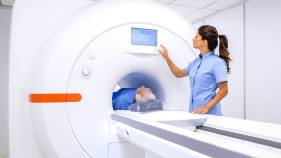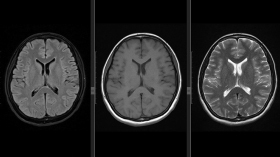MRI Image Production: Physical Principles of Image Formation
4.75 CE credits3 modules25 lessons2 hours 15 minutes of video
Unlock Learner Potential
Discover how the Clover Learning platform has enhanced learner outcomes at over 450 top schools and healthcare institutions.
Request A DemoCourse Details
Category: Magnetic Resonance Imaging
Duration: 2 hours 15 minutes
Format: Video-based online course
What you'll learn
Who is this course for
Course Modules
EVERYTHING YOU NEED
What Makes Us Great!
Experience the future of learning with Clover Learning - personalized, innovative, and accessible online education for all.
Engaging Video Lessons
- Short, captivating video content
- Enhanced knowledge retention
- Enjoyable learning experience
Post-Lesson Quizzes and Assessments
- Solidify understanding of key concepts
- Identify areas for improvement
- Build confidence
Premium Prep Tools
- Comprehensive question banks for effective practice
- Custom exam builder for personalized study
- Unlimited mock exams to build confidence
24/7 Access
- Flexible, on-demand learning
- Learn at your own time and pace
- Access content 24/7 on any connected device
Up-to-Date Content
- Remain informed on industry advancements
- Ensure better exam preparation
- Improve continuing education
Platform Reporting
- Gain insights into your strengths and weaknesses
- Identity knowledge gaps
- Track your progress
Continuing Education Courses (Professional Plan)
- ASRT-approved
- Stay compliant with professional requirements
- Earn structured education credits (SE)
Related Courses

MRI Instrumentation
10 videos

Patient Care: Legal and Ethical Issues
20 videos

Patient Care: Infection Control
8 videos

MRI Image Production: Sequence Parameters and Options
13 videos
